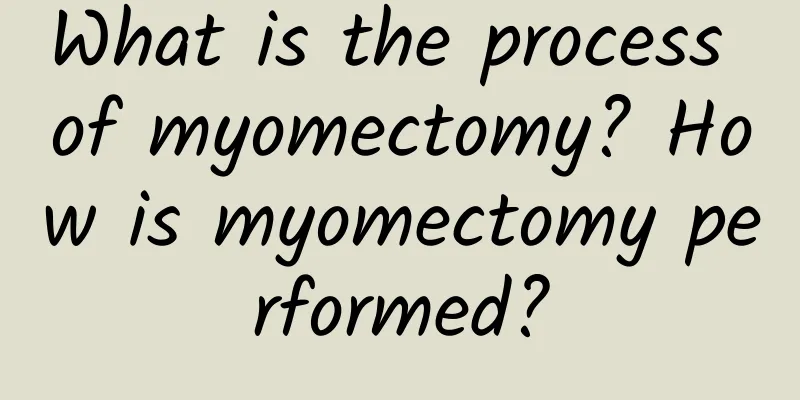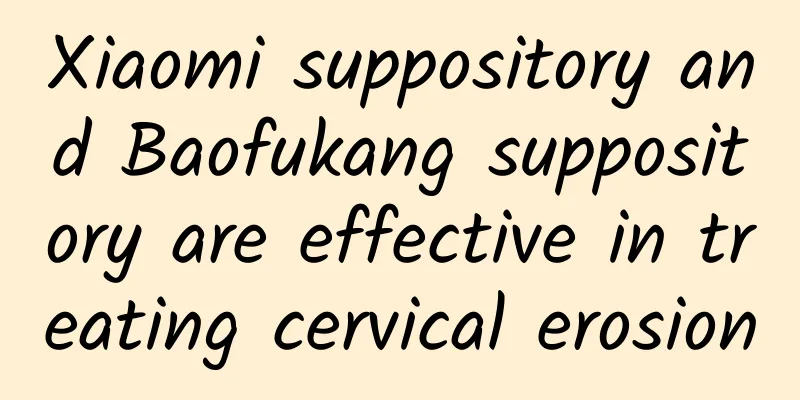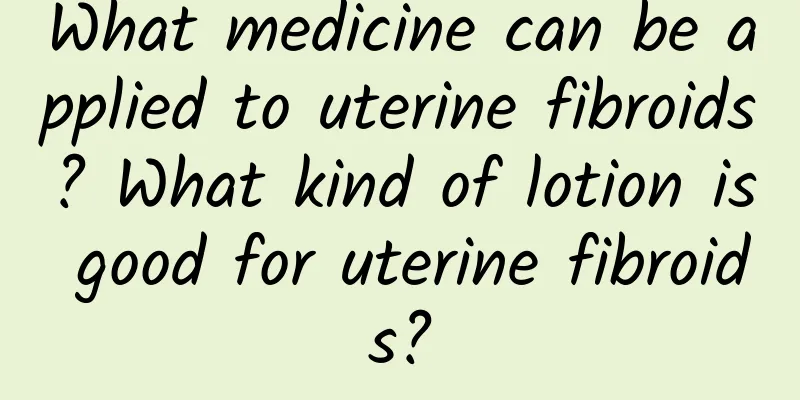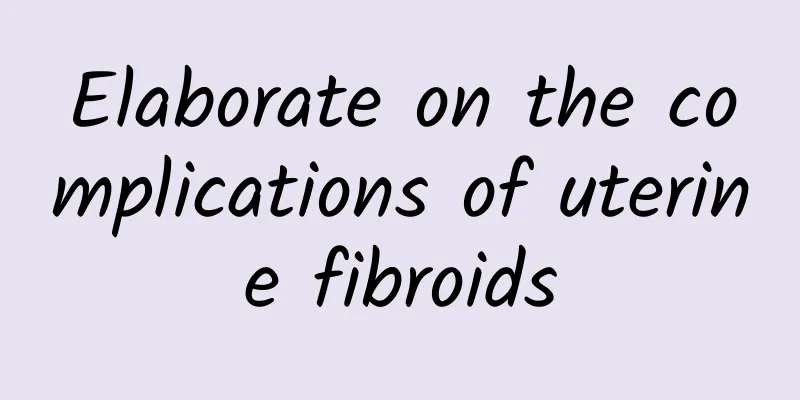What is the process of myomectomy? How is myomectomy performed?

|
[anaesthetization] 1. Continuous epidural block anesthesia. 2. General anesthesia with endotracheal intubation. [Preoperative preparation] Preoperative cervical smear, diagnostic curettage, and exclusion of cervical and uterine malignancies. [Surgical steps and technical points] 1. Incisions: midline incision in the lower abdomen or transverse incision above the pubic symphysis. Cervical isthmus ligation of uterine blood vessels Figure 2 2. Understand the location, size and number of uterine fibroids to determine the uterine incision. 3. Blocking the blood supply to the uterus Before removing the uterine body fibroids, make a small incision in the avascular area of the left and right broad ligaments of the uterine canyon, pass a rubber tourniquet through it, tie up the uterine movement and veins, and temporarily block the blood supply (Figure 1). If the operation time is long, relax the tourniquet for 1 minute every 10 to 15 minutes. Inject a contractant into the myometrium to reduce bleeding during the operation. Separate the fibroids and process the fibroid base 4. Removal of intramural fibroids: In the area with fewer blood vessels on the surface of the fibroid, longitudinal, fusiform or arc-shaped incisions are made according to the size of the fibroid (Figure 2), deep into the fibroid capsule, and blunt separation is performed along the surface of the capsule (Figure 3). When there are many basal blood vessels, the tumor can be clamped and removed (Figure 4), and the stump can be sutured (Figure 5). Use absorbable suture "8" words or continuous suture of 1~2 layers of the muscle layer (Figure 6). Be careful to avoid dead space when suturing. Intermittent or continuous mattress suture of the serosa layer (Figure 7). For multiple fibroids, multiple fibroids should be removed from one incision as much as possible. For fibroids close to the uterine horns, the incision should be as far away from the uterine horns as possible to prevent postoperative scars from affecting the patency of the fallopian tubes. Medicine All Online Suture the muscular layer 5. Resection of subserosal myomas This type of myoma often has a pedicle, and the tumor pedicle can be clamped close to the uterine wall to remove the myoma (Figure 8). When the tumor pedicle is wide, a fusiform incision can be made at the base (Figure 9) to remove the uterine tumor pedicle and superficial muscle layer. Stitching slurry base 6. Submucosal myoma resection If the myoma obviously protrudes into the uterine cavity, the tumor needs to be removed by entering the uterine cavity. When suturing the myometrium, the mucosal layer should be avoided to prevent the endometrium from implanting into the myometrium and artificially causing endometriosis. Submucosal myoma with pedicles can be removed through the vagina. In life, we must pay attention to our health, especially some female friends who drink alcohol for a long time and do not pay attention to sleep time, which will cause great harm to their bodies. I introduce hysteromyomectomy and hope it will be of some help to patients and friends. |
<<: What are the procedures for myomectomy? How is myomectomy performed?
>>: The dangers of laparoscopic myomectomy Will laparoscopic myomectomy cause uterine rupture?
Recommend
What is the specific cause of cervical erosion?
Analyzing and understanding the causes of cervica...
Is backache caused by pelvic effusion?
Pathological pelvic effusion can cause increased ...
What are the harmful manifestations that ectopic pregnancy often causes?
Ectopic pregnancy refers to a phenomenon that occ...
The main reason why ovarian cysts gradually form
There are many gynecological diseases in life, on...
Experts explain the causes of dysmenorrhea
Dysmenorrhea is a disease that many women are wor...
What should I eat if I have uterine fibroids and am afraid of cold?
What should I eat if I have uterine fibroids and ...
Improve stress fertilizer! Pressing 2 acupoints to relieve stress and prevent overeating
Modern people live a fast-paced life and are unde...
Experts explain the main early symptoms of cervical erosion
For gynecological diseases such as cervical erosi...
What should women eat to recuperate after having an abortion in winter?
After an abortion, women need a certain amount of...
To prevent the epidemic and avoid being hit by a dart, joggers’ dangerous positions are exposed! The safest distance for cycling is…
In order to prevent the epidemic, "following...
I haven't had my period for half a year. Is this menopause?
If you haven't had your period for half a yea...
Causes of cervicitis
The occurrence of cervicitis is not unfamiliar to...
The fattest person in Asia! Lose weight and check calories instantly
Obesity is not a blessing, Taiwanese have become ...
How should vaginitis be examined?
Vaginitis is an inflammation of the vaginal mucos...
Can men take Wuji Baifeng Pills? Yes, they can.
With the rapid development of our society, the li...









